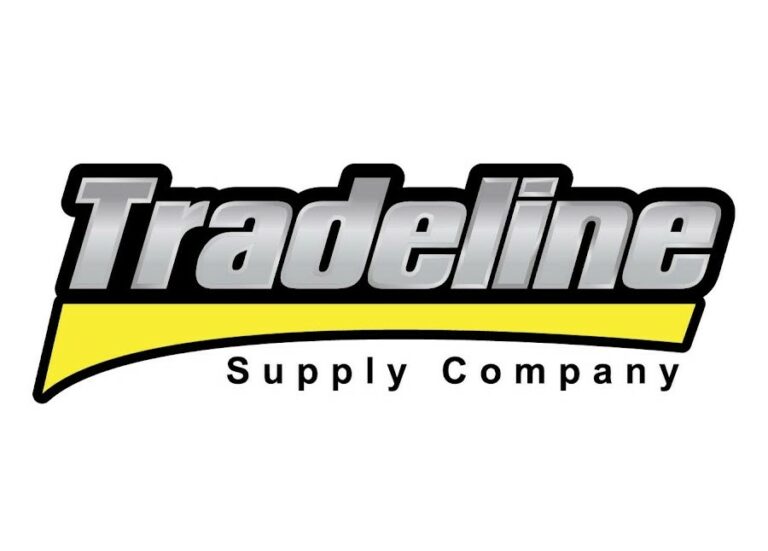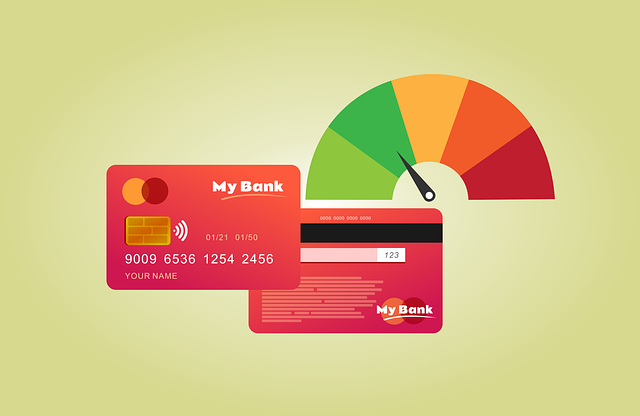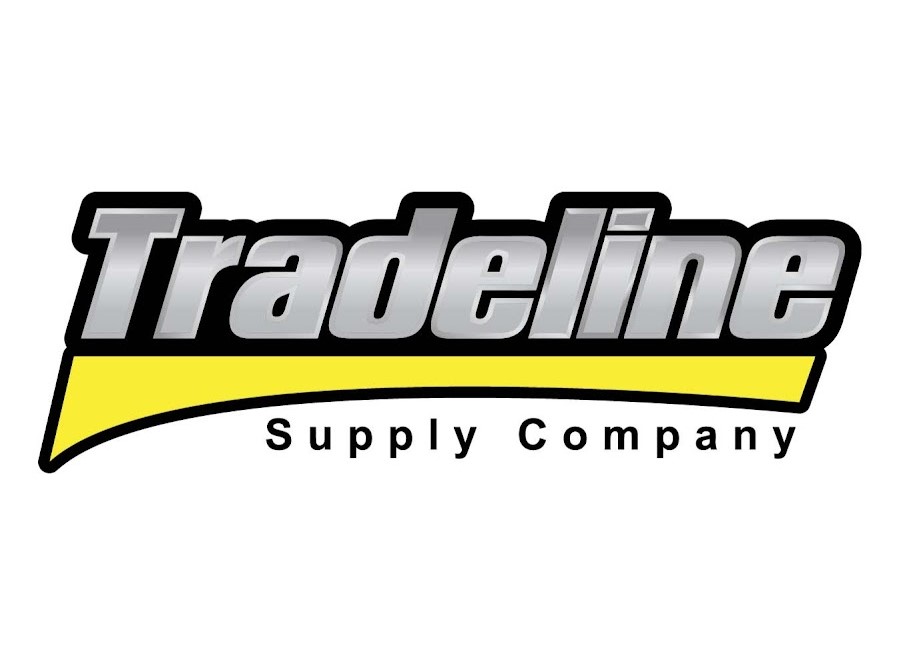What does Cost of Debt mean?

The cost of debt refers to the total interest rate a company pays on its borrowed funds. It represents the total debt cost of financing through loans, bonds, or other debt instruments. This cost is important for companies to consider when making financial decisions, as it directly impacts their profitability and overall financial health.
Different Types of Debt
Debt comes in various forms, including short-term and long-term debt. Short-term debt typically must be repaid within a year, while long-term debt has a longer repayment period. Understanding these distinctions is crucial as they impact a company’s debt cost.
Relevance in Investment Decisions
The cost of debt is an essential factor in making investment decisions. It directly influences a company’s financial health and ability to undertake new projects or investments. Investors consider the cost of debt when evaluating the risk associated with investing in a particular company.
Link to Company’s Capital Structure
The cost of debt is intricately linked to a company’s capital structure. It represents a company’s total interest expense on its outstanding debts. By analyzing this cost, businesses can determine the optimal mix of debt and equity capital to maintain an efficient capital structure.
What is the Cost of Debt Formula?
The cost of debt formula is a crucial metric for companies as it helps determine the effective interest rate they pay on their debts. This calculation considers various factors such as interest rates, total debt, and interest expenses to determine the cost of debt.
There are two formulas for cost of debt: Pre-Tax and After-Tax.
Pre-Tax Cost of Debt = Annual Interest Expense / Total Debt
After-Tax Cost of Debt = Pre-Tax Cost of Debt x (1 – Tax Rate)
Importance for Businesses
Understanding the cost of debt formula holds significant importance for businesses that rely on debt financing to meet their financial obligations. Knowing the cost of debt helps companies make informed decisions regarding additional debt or refinancing existing obligations.
Factors Considered in the Formula
The formula considers the annual interest rate and other costs associated with borrowing, such as fees and expenses. It provides a comprehensive view of the actual cost incurred by a company due to its debts, enabling better financial planning and management.
Impact on Financial Health
By accurately calculating the cost of debt, businesses can assess their overall financial health and make strategic choices about capital structure. It allows them to evaluate how much they pay concerning their total debts and how this impacts their profitability and sustainability.
Comparison with Equity Financing
Understanding the cost of debt also helps compare it with the cost of equity financing. This analysis aids in deciding the optimal mix of debt and equity to minimize overall capital costs while balancing risk.
How do I calculate Cost of Debt?

To calculate your company’s cost of debt, you can use the formula: Cost of Debt = (Interest Expense / Total Debt). This formula helps determine the percentage cost a company incurs on its debt financing.
Interest Expense: The interest expense, a vital part of the cost of debt calculation, can be computed using the formula: Interest Expense = Average Interest Rate x Total Debt. Companies can accurately ascertain their interest expenses by multiplying the average interest rate by the total debt.
Effective Interest Rate: Determining the effective interest rate, or weighted average interest rate, for debt financing involves considering factors such as term debts and prevailing interest rates. This comprehensive approach provides a more realistic picture of the actual cost incurred by a company due to its debts.
What are Pre-Tax and After-Tax Cost of Debt?
The cost of debt formula provides insights into the financial impact of debt on a company. Understanding the pre-tax and after-tax cost of debt is crucial for making accurate debt financing decisions.
Pre-Tax Cost of Debt
The pre-tax cost of debt is calculated using a simple formula: (Interest Expense / Total Debt). This metric helps understand a company’s direct cost to borrow funds before considering any tax implications. The result can also help determine the weighted average cost of capital (WACC).
After-Tax Cost of Debt
After-tax cost of debt takes income tax savings and tax deductions into account and is calculated as: (Pre-tax Cost of Debt * (1 – Effective Tax Rate)). By factoring in the effective tax rate, this metric reflects the actual cost a company bears for its debt obligations after considering tax benefits.
Significance of Pre-Tax Cost of Debt
Understanding the pre-tax cost of debt is crucial for evaluating a company’s financial health and efficiency of debt financing.
Evaluating Efficiency: The pre-tax cost of debt helps assess the impact of debt financing on a company’s overall debt obligations. It provides insights into how effectively a company utilizes its debt capital and manages its financial leverage.
Calculating Interest Expenses: By understanding the pre-tax cost of debt, companies can calculate their interest expenses accurately. This calculation is essential for budgeting, forecasting, and making informed financial decisions.
Potential Tax Savings: Analyzing the pre-tax cost of debt also aids in identifying potential tax savings. Companies can assess how their interest expenses affect their effective tax rate, which can lead to strategic tax planning and optimization.
Impact of Taxes on Cost of Debt
Analyzing the impact of taxes on cost of debt involves considering the tax savings from deductible interest expenses. The effective tax rate plays a crucial role in determining the after-tax cost of debt financing.
Tax Savings from Deductible Interest Expenses: When a company takes on debt, it incurs interest expenses. These interest expenses are tax-deductible, meaning they reduce the amount of income subject to taxation. Consequently, this results in tax savings for the company. By understanding and factoring in these tax savings, businesses can calculate their after-tax cost of debt more accurately.
Role of Effective Tax Rate: The effective tax rate is a crucial determinant when assessing the impact of taxes on the cost of debt. It represents the actual rate at which a company’s pre-tax profits are taxed. A lower effective tax rate implies higher tax savings from deductible interest expenses, thus reducing the after-tax cost of debt financing. Conversely, a higher effective tax rate means lower tax savings and a higher after-tax cost of debt.
Relationship Between Debt and Taxes: Understanding how debt and taxes interrelate is essential for precise debt cost calculation. Companies can strategically manage their debt obligations by comprehending this relationship to optimize their overall financial position. This knowledge empowers organizations to make informed decisions regarding their capital structure and financing options.
What are examples of Cost of Debt Calculation?
Calculating the cost of debt is crucial for businesses to make informed financial decisions. Let’s explore examples to understand how this is done.
Example: $5 Million in Long-Term Debt at 6% Interest Rate
Imagine a company with $5 million in long-term debt at an interest rate of 6%. To calculate the cost of debt, the formula involves multiplying the interest rate by (1 – tax rate).
For instance, if the tax rate is 30%, the after-tax cost of debt would be 6% * (1 – 0.30), resulting in an after-tax cost of debt of 4.2%. This example demonstrates how companies can determine their specific cost of long-term debt, enabling them to evaluate its impact on their overall financial obligations.
Multiple Loans at Varying Interest Rates
In reality, businesses often have multiple loans with varying interest rates. To calculate the average cost of debt in such scenarios, each loan’s individual after-tax cost must be determined and then averaged based on their respective weights (the proportion each loan contributes to the total debt).
For instance, if a business has two loans—one at 5% and another at 7%, and they contribute 40% and 60% to the total debt, respectively, then the average cost of debt would be:
(5% * 0.40) + (7% * 0.60) = 6.2%
The result is an average cost of debt calculation that accurately reflects the company’s financial reality.
Consider a case study involving a corporation with both short-term and long-term debts. The true cost of debt considers all types of debts by considering their individual costs and proportions within the total debts.
By factoring in short-term and long-term obligations separately and then combining them using appropriate weights, businesses arrive at a comprehensive understanding of their actual cost of debt. This enables them to make strategic decisions regarding future financing or refinancing options.
How can I reduce my Cost of Debt?
You can use several strategies to help lower the cost of debt for your business.
Improve Credit Rating to Lower Interest Rates
Improving your credit rating can significantly impact the interest rates offered by lenders. A higher credit score indicates a lower risk for the lender, often resulting in lower interest rates. Making timely payments and reducing outstanding debt can enhance your creditworthiness, securing more favorable borrowing terms.
Refinance High-Interest Debts for Lower Interest Expenses
Refinancing high-interest debts presents an opportunity to reduce interest expenses. This involves replacing existing high-interest loans with a new loan featuring a lower interest rate. Doing so can decrease the overall cost of debt, potentially saving a substantial amount over the loan term.
Utilize Tax Savings by Deducting Interest Expenses
Leveraging tax savings through deducting interest expenses is another effective strategy to mitigate the cost of debt. Businesses and individuals can often deduct interest paid on loans from their taxable income, reducing tax liabilities. This essentially lowers the after-tax cost of borrowing, making it more financially advantageous.
Frequently Asked Questions

Here are the most common questions about the cost of debt formula and its impact on financial management.
Why is Cost of Debt important for business?
The cost of debt is a crucial component of a company’s capital structure and is integral to its financial operations. Let’s explore its impact on other components of the capital structure, the company’s risk profile, and its integration into financial planning and decision-making processes.
Impact on Capital Structure
When considering the cost of debt, it’s essential to understand how it interacts with other components of a company’s capital structure. Debt financing, including bonds and loans, contributes to the overall mix of funding sources alongside equity financing. The interest payments associated with debt financing directly impact a company’s cash flow, influencing its ability to fund operations and investments.
Influence on the Company’s Risk Profile
The cost of debt significantly influences a company’s risk profile. Higher interest rates can increase the financial risk for a business, affecting its profitability and long-term viability.
Understanding the effective interest rate on debt allows businesses to assess their risk exposure accurately. By managing their cost of debt effectively, companies can mitigate financial risks and maintain stability in varying market conditions.
Financial Planning and Decision-Making Processes
Integrating the cost of debt into financial planning and decision-making processes is vital for sustainable business operations. When evaluating business financing options, companies must consider the interest rate and the overall cost of borrowing. This comprehensive approach enables informed decision-making that aligns with the organization’s long-term financial goals.
Pros & Cons of Business Debt

Pros:
- Allows for expansion and growth opportunities.
- Can provide necessary capital for large investments.
- May offer tax benefits through tax-deductible interest payments.
- Can help improve business credit score if managed responsibly.
Cons:
- Interest payments can add financial strain.
- Defaulting on debt can lead to serious consequences.
- Limits available cash flow for other business needs.
- Can create long-term financial obligations and restrictions.
What’s the relationship between Cost of Debt and Equity?
The Cost of Debt and Equity are components used to calculate a company’s overall cost of capital. While the cost of debt refers to the cost of borrowing, the cost of equity signifies the return shareholders require.
What is considered a high Cost of Debt?
A high cost of debt is typically considered to be any interest rate significantly above the average market rate. This can vary depending on the current economic conditions, but generally, a cost of debt that exceeds 10% would be considered high. However, it’s essential to consider other factors, such as the company’s credit rating and the business’s overall financial health, when determining what constitutes a high cost of debt.
A high cost of debt indicates that a company has to pay substantial interest expenses on its borrowings. This can impact profitability and financial stability, potentially limiting growth opportunities.
How does Cost of Debt impact my business loan options?
The cost of debt directly influences the interest rates you’ll be offered when seeking business loans. A lower cost can make borrowing more affordable, while a higher cost might limit your loan options or increase expenses.
You may be interested in one of the following small business loans:
- Bad credit business loan.
- Business line of credit.
- Business loans for women.
- Business term loans.
- Equipment financing.
- Invoice factoring.
- Merchant cash advance.
- Revenue-based loan.
- SBA loans.
- Working capital loans.
- ERTC advance.
Cost of Debt Formula – Final Thoughts

Knowing your cost of debt is like having a compass in a dense forest – it guides your financial decisions and helps you navigate the terrain of borrowing. Keep an eye on your cost of debt to steer clear of financial pitfalls and make informed choices.
Now that you’re equipped with this knowledge, review your current financial situation and see how to apply these insights. Maybe it’s time to reevaluate your borrowing strategies or seek ways to reduce your debt cost.
Contact us if you have more questions on the cost of debt formula or to apply for a small business loan. Our alternative funding experts can help you find the best loan options for your debt structure.











